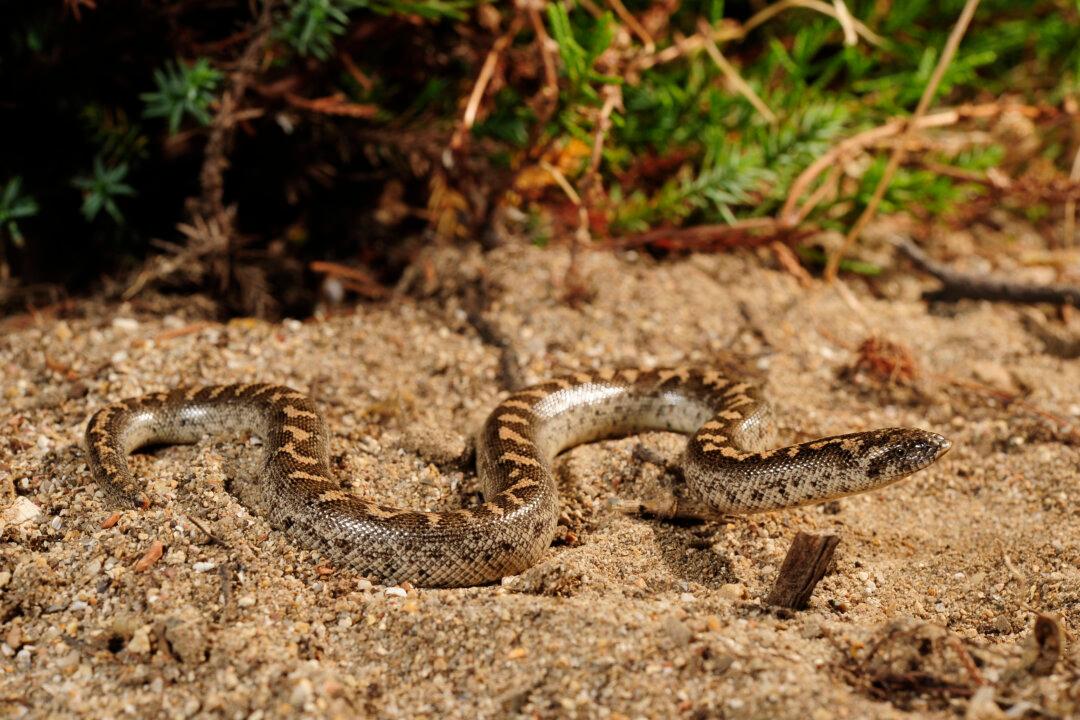Prehistoric Europeans told legends about powerful, mysterious females who made European stone tombs called dolmens and cromlechs. On the one hand, they were said to bestow riches and fertility on individuals, and fantastic gifts like the skills of brewing beer and farming; all they wanted in return was a little milk.
On the other hand, they were described as angry snakes guarded by bulls, cursing people, and hoarding the very gold of the sun. They were imagined as beautiful cloven-hoofed, snake- or bull-women, who guarded the dolmens and could speak with the dead, spin the rays of the sun, and even create the world.
In her master’s thesis of 2014, archaeologist Henna Lindstrom of the University of Helsinki in Finland wrote of the folktales and legends that grew up around the supposed supernatural makers and guardians of Portuguese dolmens. Lindstrom’s fascinating paper details stories from other parts of Europe as well about the Mouras Encantadas, as the mysterious women are called in Portugal.





